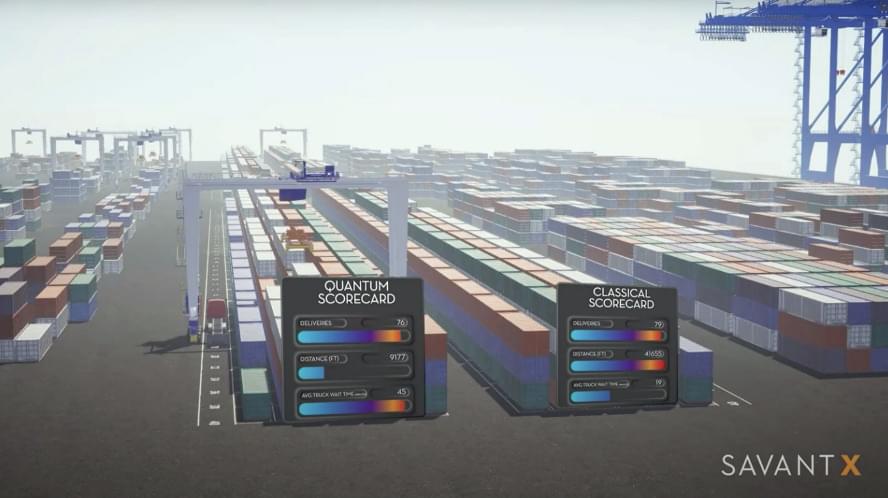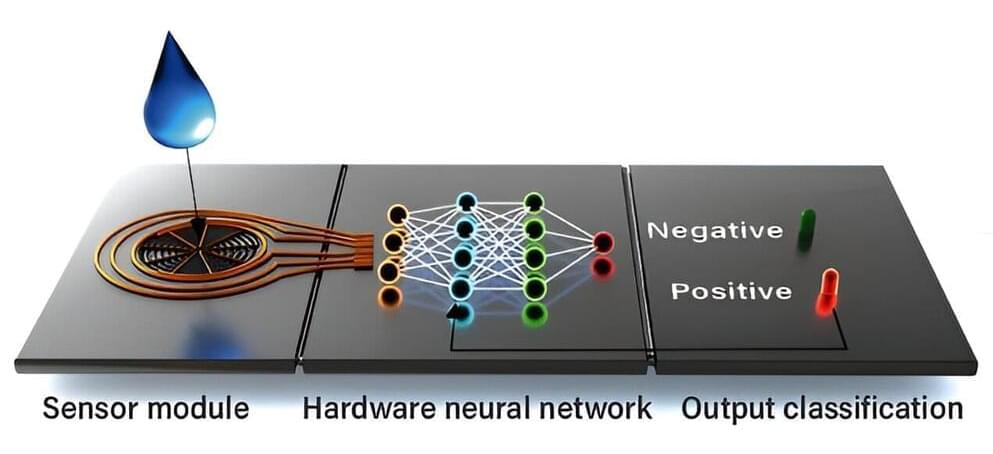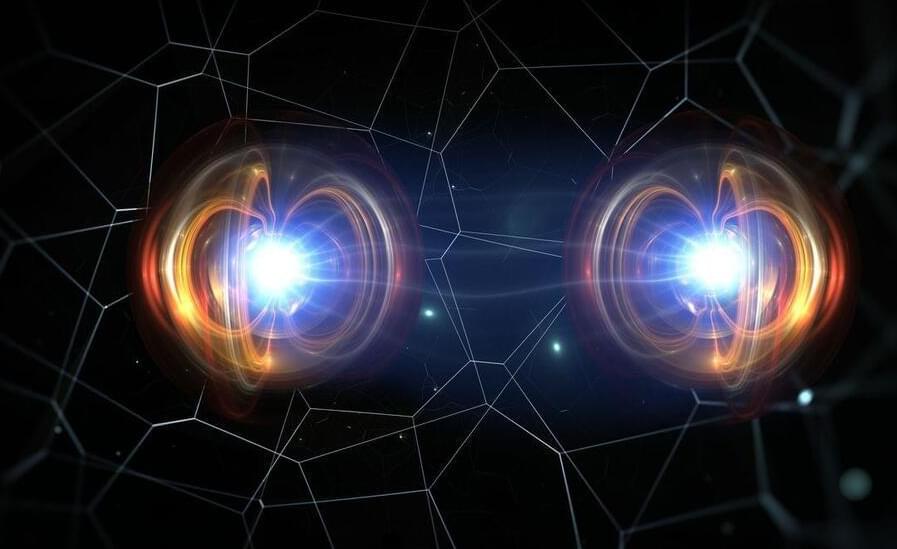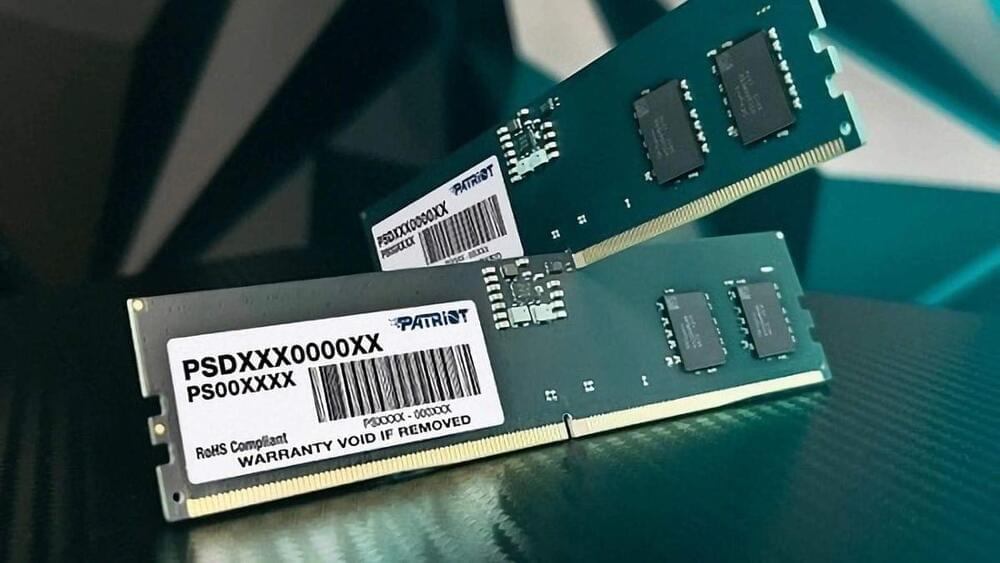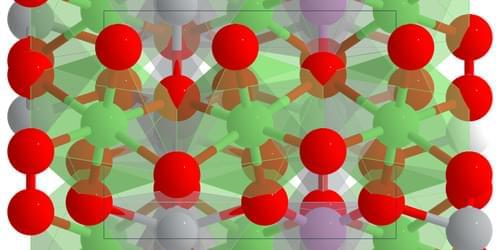
In quantum computing, the question as to what physical system and which degrees of freedom within that system may be used to encode quantum bits of information—qubits, in short—is at the heart of many research projects carried out in physics and engineering laboratories.
Superconducting qubits, spin qubits, and qubits encoded in the motion of trapped ions are already widely recognized as prime candidates for future practical applications of quantum computers; other systems need to be better understood and thus offer a stimulating ground for fundamental investigation.
Rebekka Garreis, Chuyao Tong, Wister Huang, and their colleagues in the group of Professors Klaus Ensslin and Thomas Ihn from the Department of Physics at ETH Zurich have been looking into bilayer graphene (BLG) quantum dots, known as a potential platform for spin qubits, to find out if another degree of freedom of BLG can be used to encode quantum information.
